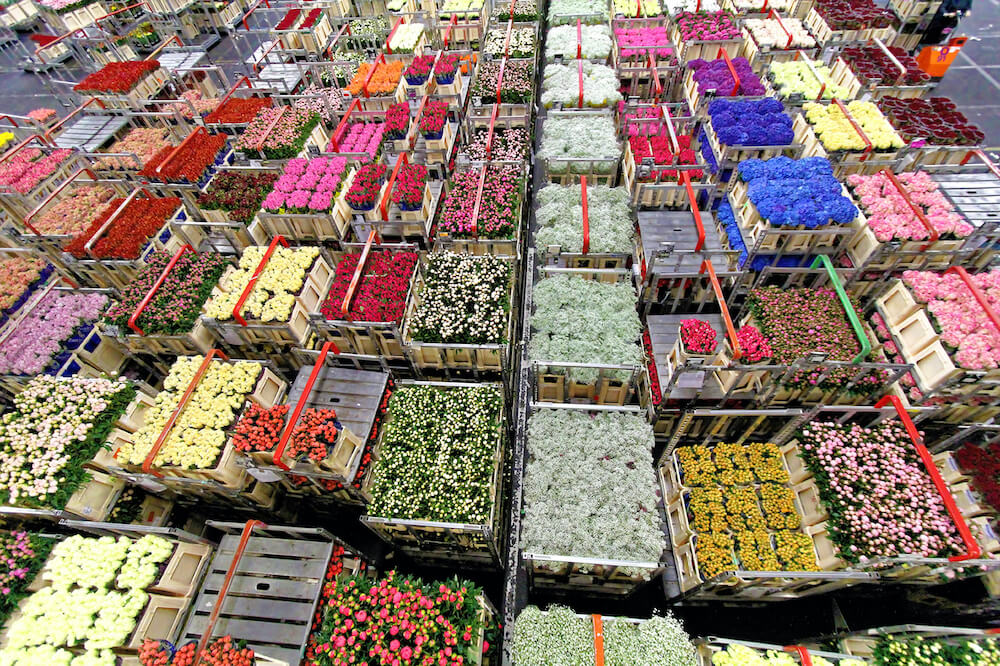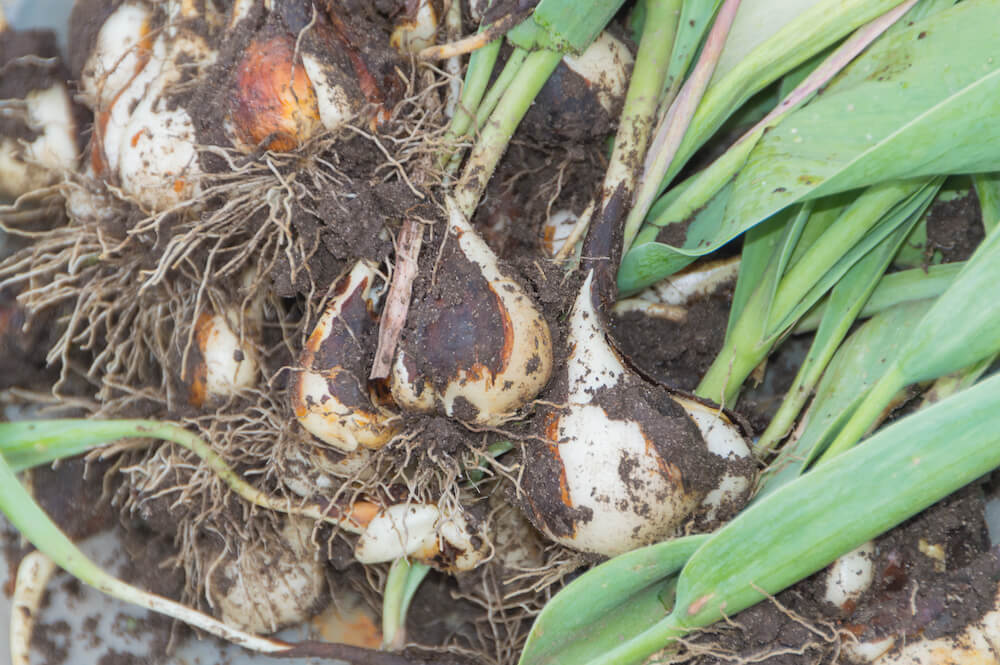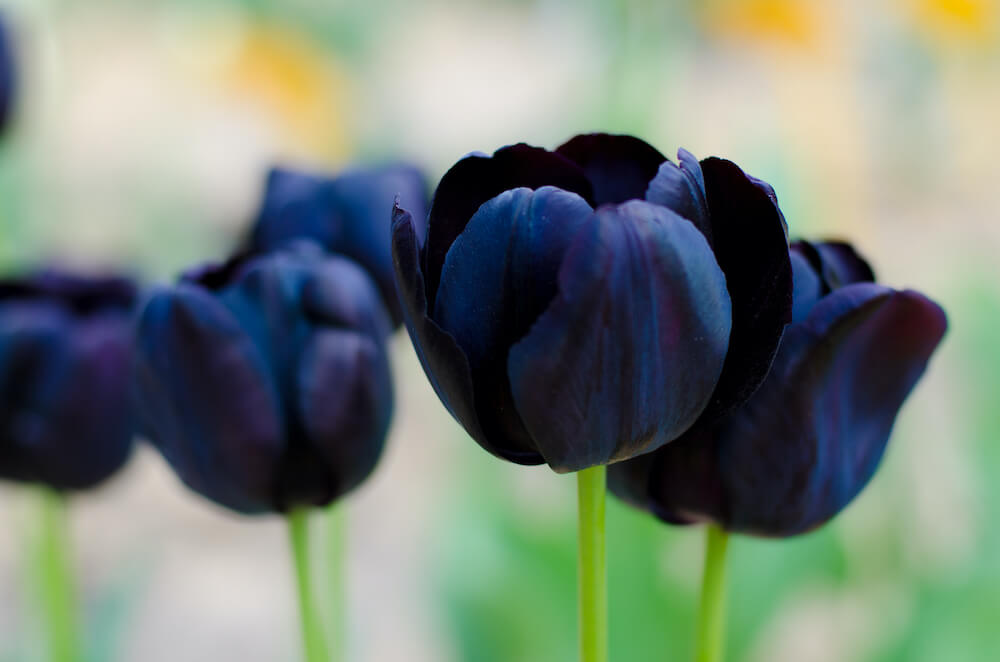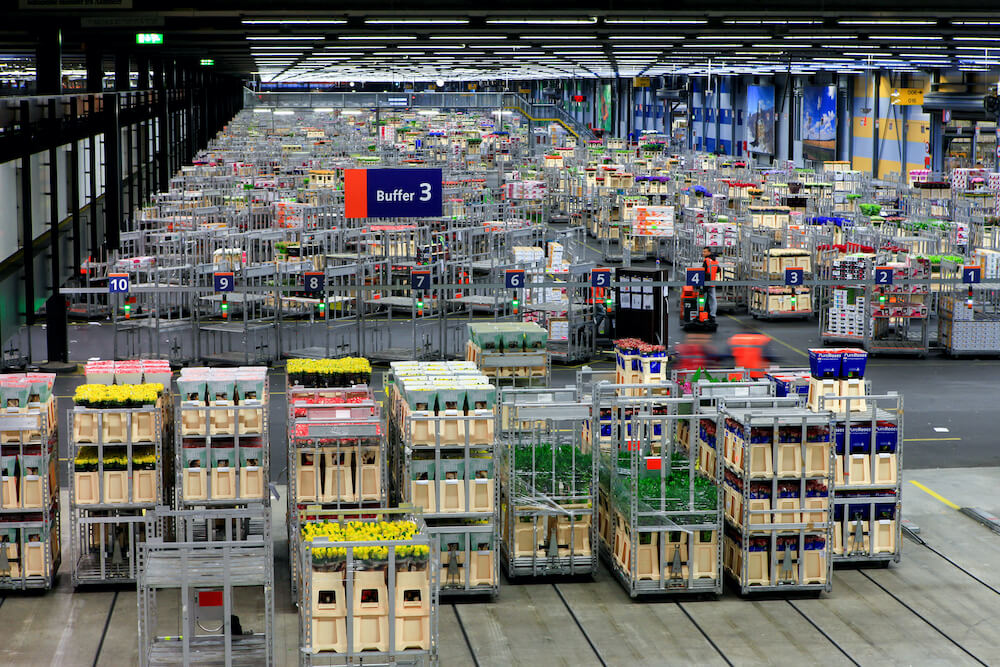The business of Tulips
Flower trading may not sound like a serious business, but it has been a huge and innovative market since the 16th century. Moreover, the first market bubble occurred here.

What is so special about tulips?
Name a spring flower without thinking. Have you chosen a tulip too?
Tulips have always appeared as a symbol of spring, and the Netherlands, with its flowering gardens, is its headquarters.
There is a story or a legend that in the 16th century Netherlands, tulip bulbs were mistaken for Turkish onions. Their taste was terrible, so people threw them away, but soon this garbage grew into flowers.

In the 17th century, the recognized flower was a rare breed in Europe, rising in specialized gardens under the control of most prominent botanists. The flower rapidly became a coveted luxury item and a status symbol. The most spectacular and highly sought-after tulips had vivid colors, lines, and flames on the petals due to being infected with a tulip-specific virus known as the Mosaic Virus. In 1623, a single bulb of a famous tulip breed could cost as much as a thousand Dutch florins (the average yearly income was 150 florins).
Nowadays, there are over 3000 varieties of tulips, from classic red-white-yellow to the most unusual navy-blue, feather-like and double.

Alexander Dumas’ novel ‘La Tulipe Noire’ (The Black Tulip) inspired many botanists to create this black breed. But absolute black tulips are very hard to achieve. These tulips are darker than any that came before and are widely considered the darkest breed of tulips today. However, the breed still maintains a faint purple hue and is not genuinely black.

In the 17th century, tulip trading evolved from a hobby-like business between traders who hung around in Holland pubs to a full-scale industry. At the same time, tulip selling became a case study in all economy books of further years: as the first market bubble.
How tulips are being sold nowadays?
Since the 17th century, the Netherlands has been the leading cultivator of tulips: over 3 billion bulbs a year. In 2020, the country used 149 hectares (368 acres) of terrain to produce tulip bulbs: it’s about 279 football fields.

The Netherlands held its reigning position in the global trade of cut flowers – 47.9% of the worldwide market as of 2019. Furthermore, Royal Flora Holland Auction in Aalsmeer exists, the largest covered flower market in the world. In addition to local plants, flowers are shipped here from Africa, Central America, etc.


